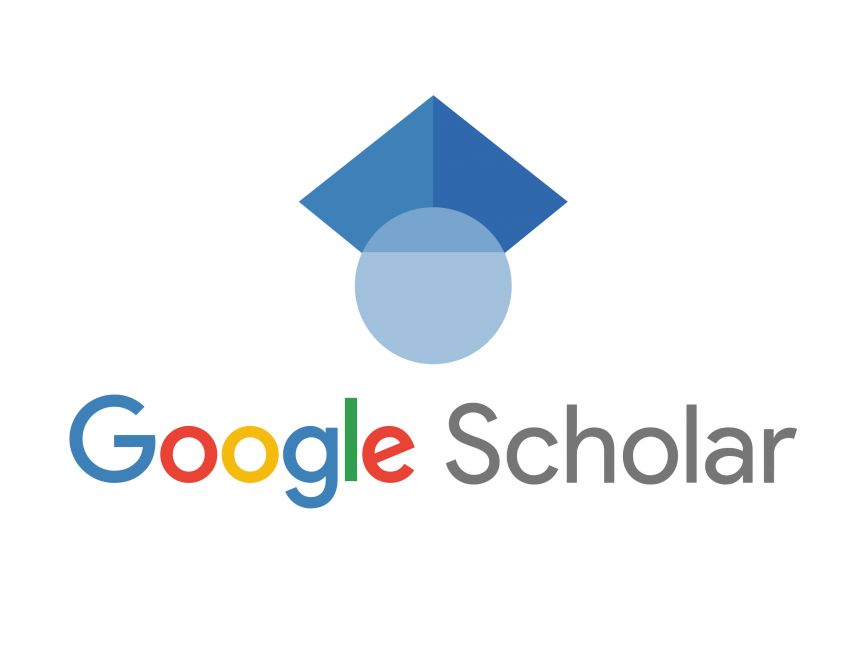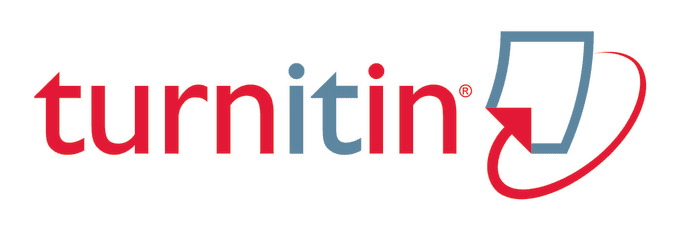Peran Media Sosial sebagai Sarana Literasi Pendidikan di Kalangan Remaja: Analisis Pesan Edukatif dalam Akun TikTok Edukator
DOI:
https://doi.org/10.71251/Keywords:
social media, TikTok, education, digital literacy, youthAbstract
This research explores the role of social media, particularly TikTok, as an educational literacy platform among teenagers in Indonesia. The increasing popularity of TikTok has transformed it into a powerful medium not only for entertainment but also for conveying educational messages. The study aims to analyze the content strategies and types of educational messages communicated by TikTok educator accounts, as well as their reception by adolescent viewers. Using a qualitative method with a descriptive-interpretative approach, data were collected through content analysis of selected educator accounts and in-depth interviews with students at Universitas Putra Indonesia. The results show that TikTok educator accounts utilize a combination of visual storytelling, relatable language, and short-form video formats to effectively deliver educational content. These strategies significantly enhance message retention and engagement among teenage users. The findings suggest that TikTok can serve as an effective supplementary tool for promoting educational literacy, particularly in the digital-native youth demographic. Moreover, the study highlights the importance of critical media literacy and institutional support to maximize the positive impacts of social media on education.
References
Ahmadin, A., Pinem, D., Bahtiar, D., Hanika, I. M., Sofyan, H., & Jejen, A. (2023). Faktor-Faktor Yang Mempengaruhi Keputusan Investasi ESG (Environmental, Social, And Governance). Innovative: Journal Of Social Science Research, 3(5), 9956-9970.
Al-Khalifa, H. S. (2020). The influence of TikTok short video platform on user engagement: A pedagogical perspective. Journal of Educational Technology & Online Learning, 3(2), 45–60.
Al-Maroof, R. A. S., & Al-Emran, M. (2018). Students Acceptance of Google Classroom: An Exploratory Study using PLS-SEM Approach. International Journal of Emerging Technologies in Learning (IJET), 13(06), 112–123.
Bakker, A. B., & Demerouti, E. (2007). The Job Demands‐Resources model: State of the art. Journal of Managerial Psychology, 22(3), 309–328. [https://doi.org/10.1108/02683940710733115](https://doi.org/10.1108/02683940710733115)
Bahtiar, D., Sulaeman, P., & Aditya, D. (2023). Pemulihan usaha umkm pasca gempa cianjur: analisis strategi dan modal sosial. Jurnal Minfo Polgan, 12(2), 2301-2310.
Blank, S. (2013). The Four Steps to the Epiphany: Successful Strategies for Products That Win. K&S Ranch.
Bahtiar, D., & Rianti, G. (2021). Analisis Faktor-Faktor Pelatihan Tentang Kewirausahaan Kepada Pelaku Usaha Mikro Kecil Menengah di Pusat Layanan Usaha Terpadu Koperasi Usaha Mikro Kecil Menengah Kabupaten Cianjur. Jurnal Ilmu Manajemen Retail Universitas Muhammadiyah Sukabumi, 2(1), 1-6.Entman, R. M. (1993). Framing: Toward clarification of a fractured paradigm. Journal of Communication, 43(4), 51-58.
Braun, V., & Clarke, V. (2006). Using thematic analysis in psychology. Qualitative Research in Psychology, 3(2), 77–101.
Creswell, J. W., & Poth, C. N. (2018). Qualitative Inquiry and Research Design: Choosing Among Five Approaches (4th ed.). SAGE Publications.
Datareportal. (2024). Digital 2024: Indonesia. Retrieved from [https://datareportal.com](https://datareportal.com)
Marlina, N., Bahtiar, D., & Nurlaela, R. (2022). Analisis Keputusan Pembelian Barang-Barang Pertanian di Aplikasi Klik Indomaret (Studi kasus konsumen di Cianjur). Jurnal Administrasi Bisnis (JUBIS), 2(2), 127-138.
Greenhow, C., & Lewin, C. (2016). Social media and education: reconceptualizing the boundaries of formal and informal learning. Learning, Media and Technology, 41(1), 6–30.
Hobbs, R. (2020). Media Literacy in Action: Questioning the Media. Rowman & Littlefield.
Krippendorff, K. (2018). Content Analysis: An Introduction to Its Methodology (4th ed.). Thousand Oaks, CA: Sage Publications.
Kimmons, R., & Veletsianos, G. (2021). Microliteracies and TikTok: A new form of digital learning? Educational Technology Research and Development, 69(4), 2161–2175.
Prensky, M. (2010). Teaching Digital Natives: Partnering for Real Learning. Thousand Oaks, CA: Corwin Press.
Patton, M. Q. (2015). Qualitative Research and Evaluation Methods (4th ed.). Thousand Oaks, CA: Sage Publications.
Koltay, T. (2011). The media and information literacy: From print to digital. Journal of Communication, 61(2), 260–268.
Tess, P. A. (2013). The role of social media in higher education classes (real and virtual): A literature review. Computers in Human Behavior, 29(5), A60–A68.
Kaplan, A. M., & Haenlein, M. (2010). Users of the world, unite! The challenges and opportunities of social media. Business Horizons, 53(1), 59–68.
Katz, E., Blumler, J. G., & Gurevitch, M. (1973). Uses and Gratifications Research. Public Opinion Quarterly, 37(4), 509–523.
Livingstone, S. (2004). Media literacy and the challenge of new information and communication technologies. The Communication Review, 7(1), 3–14.
Rogers, E. M. (2003). Diffusion of Innovations (5th ed.). New York: Free Press.
Santrock, J. W. (2014). Adolescence (15th ed.). New York: McGraw-Hill Education.
Sweller, J., Ayres, P., & Kalyuga, S. (2011). Cognitive Load Theory. Springer.
Downloads
Published
Issue
Section
License
Copyright (c) 2024 Lia Saniah, Astri Dwi Andriani, Dandi Bahtiar, Pupu Jamilah

This work is licensed under a Creative Commons Attribution-ShareAlike 4.0 International License.







